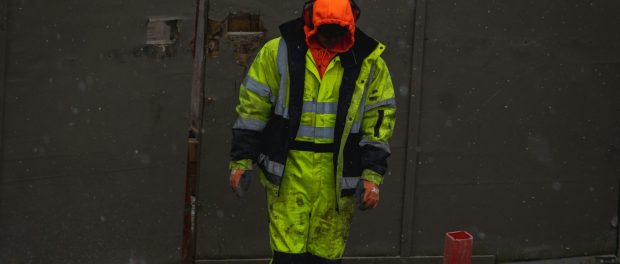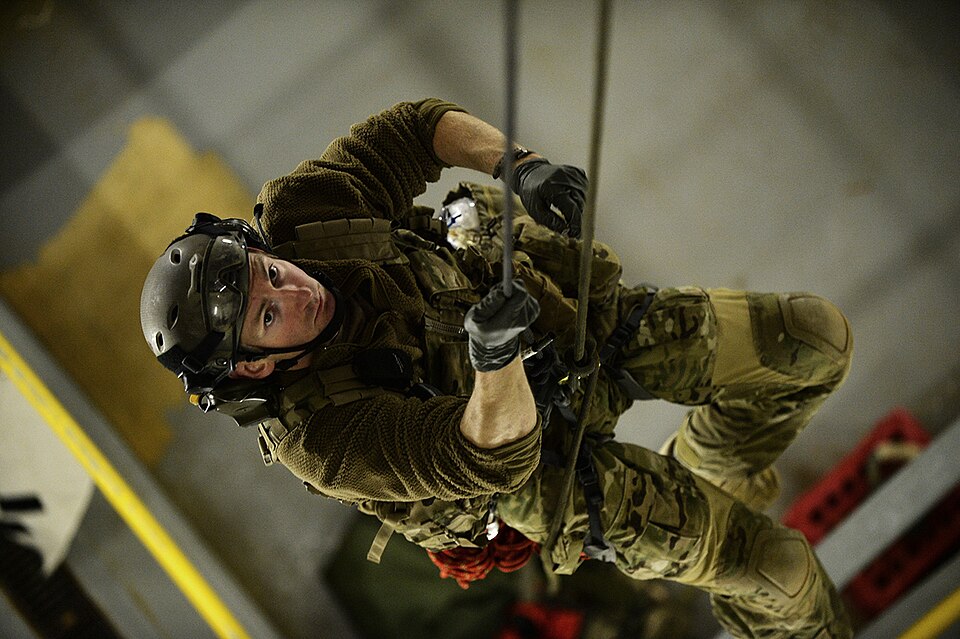Confined Space Rescue Training: A Lifeline on Construction Sites

Attributed to: confined space rescue, confined space rescue training
Working deep inside a narrow shaft or an enclosed tank is not your typical day at the office unless you’re in construction or industrial maintenance. These confined spaces are part of the job for many, and while they might not look dangerous from the outside, inside they can be full of invisible hazards. All it takes is one whiff of poisonous gas or a sudden lack of oxygen for an ordinary workday to turn into a life-or-death situation. In that moment, confined space rescue and proper rescue training become literally lifesavers.
Safety professional practices a rope descent during confined space rescue training.
Drills like this simulate real job-site emergencies and build the skills needed to save lives under pressure. On a construction site, stepping into a confined space like a deep trench or a sewer manhole isn’t an everyday task for most workers so when something goes wrong, it can catch everyone off guard. Without proper preparation, even well-intentioned rescuers risk their own lives, turning a bad situation into a tragedy.
The hidden dangers of confined spaces
Construction sites often have confined spaces areas like pits, tanks, utility vaults, or crawl spaces that are not meant for continuous occupancy but sometimes must be entered to get the work done. These spaces might look harmless, but they can quickly become dangerous. Poor ventilation can lead to oxygen deficiency or a buildup of toxic fumes that you can’t see or smell .There’s also the risk of entrapment or collapse imagine a trench wall giving way or a heavy valve trapping someone inside a pipe. Because of these hidden hazards, things can go from normal to critical without warning.
In the confusion of an accident, it’s human nature for coworkers to rush in and try to pull a friend out. But without the right precautions, the rescuer can be overcome by the same dangers. In fact, asphyxiation (running out of breathable air) is the leading cause of death in confined spaces, and roughly 60% of confined-space fatalities are the would-be rescuers who tried to help.This sobering statistic underlines why having a trained rescue plan in place is so important.
Why training makes the difference
Confined space rescue training exists for a simple reason: to save lives while keeping rescuers safe. A well-trained rescue team knows how to assess the situation instead of just charging in blindly. They have the right equipment on hand like air monitors, ventilators, harnesses, and breathing apparatus and they know how to use this gear under pressure. This preparation means that when every minute counts, the team can act quickly but also cautiously, following established procedures rather than improvising on the fly.
It’s not just common sense in many places; safety regulations require a rescue plan and trained personnel before workers even enter a high-risk confined space. But beyond obeying the rules, it’s about peace of mind. Proper training not only protects the would-be rescuer from becoming a victim, it also makes the rescue operation itself more efficient and effective and ensures everyone on site is meeting their legal obligations. Workers can focus on their jobs knowing that if something goes wrong, their team is ready to respond the right way.
Training for the worst-case scenario
For construction crews, confined space rescue training isn’t just a box to tick it’s a hands-on learning experience. These courses, often taught by specialized safety organizations; for example, FMTC Safety put workers into realistic simulations of confined space emergencies. Trainees might practice pulling an unconscious coworker up from a narrow vault or learn how to set up a tripod and ropes to haul someone out of a deep hole. They learn to test the air for safety, wear protective gear properly, and perform first aid on the victim once they’re out. These practices builds muscle memory, so if an incident happens on site, the team can react calmly and correctly.
A real-world scenario: Imagine a crew member collapses inside a sewer line after being overcome by toxic gas. Without training, the instinct might be for another worker to jump in after them and that second worker could be knocked out by the same gas within moments. In a training session, crews rehearse this exact situation. They learn to first ventilate the space and use air monitors, then use a rescue winch or ropes to pull the victim out without sending an unprotected person inside. By drilling on scenarios like this, workers see firsthand how a measured, trained response can save a life while preventing additional casualties.
Staying prepared on the job
In the construction industry, there are already plenty of risks to manage. Confined spaces add another layer of danger, but the right preparation turns that unknown risk into something you can handle. When workers are properly trained in confined space rescue, they not only protect themselves but also their teammates. It builds a jobsite culture where safety isn’t just a rule on paper it’s something everyone believes in because they’ve practiced it and understand why it matters. At the end of the day, nothing is more important than making sure every crew member goes home safe. Investing the time in quality confined space rescue training is one practical way to help make that happen.


